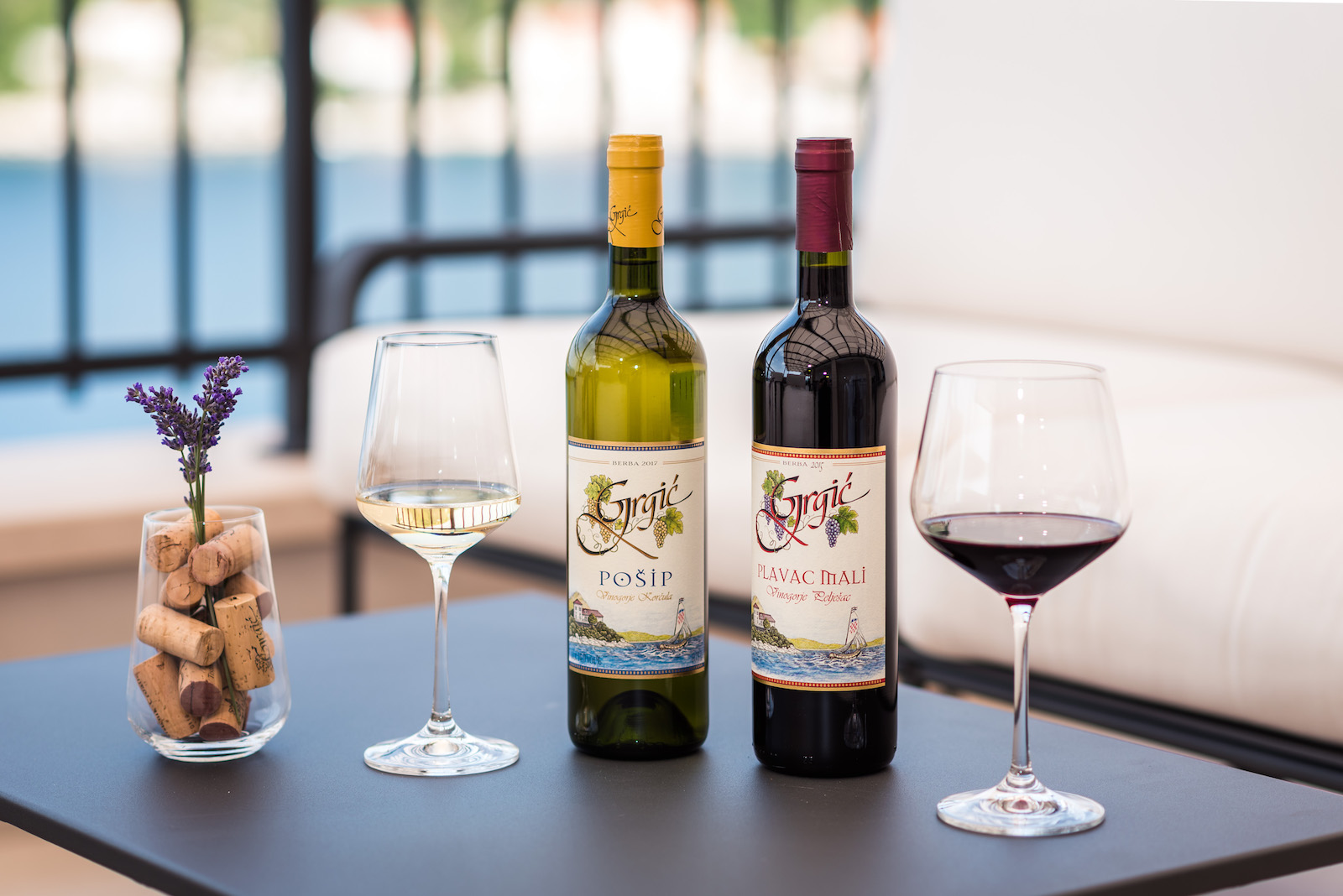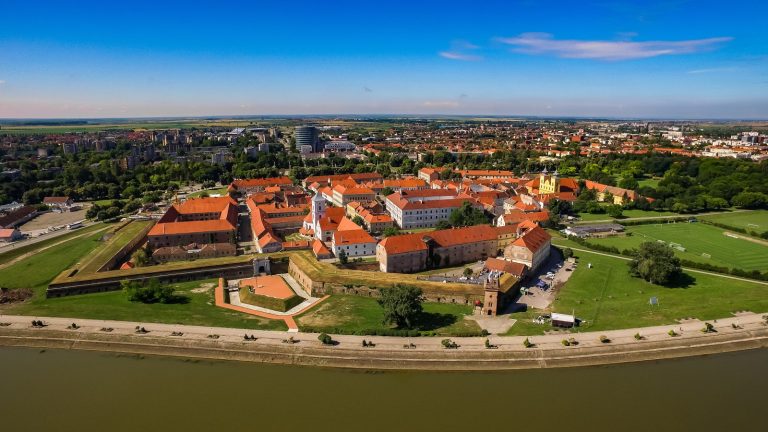In the heart of Southern Dalmatia, a stone’s throw from the famous Dubrovnik, lies a gem still largely unknown to the general public: the Pelješac peninsula.
Wild, bountiful, and authentically Dalmatian, this peninsula promises a truly unique experience, combining heritage, unspoiled nature, culinary delights, and vibrant traditions.

A bridge that connects two lands
Good news for those undecided about the road: long isolated, Pelješac has recently become more accessible thanks to a significant event: the inauguration of the Pelješac Bridge, an engineering masterpiece that now directly connects the peninsula to the rest of continental Croatia. This connection paved the way for a tourist rediscovery of the region, facilitating access to the island of Korčula, just across the road, accessible by ferry from Orebić. The two areas form an irresistible duo for travelers seeking authenticity and sea views.

Villages full of charm
Pelješac is also a mosaic of picturesque villages. Orebić, a former stronghold of captains and shipowners, will charm you with its understated elegance, palm-lined promenades, and beaches bathed in turquoise waters. Further west, Trpanj and Janjina offer a more peaceful atmosphere, ideal for travelers seeking tranquility.
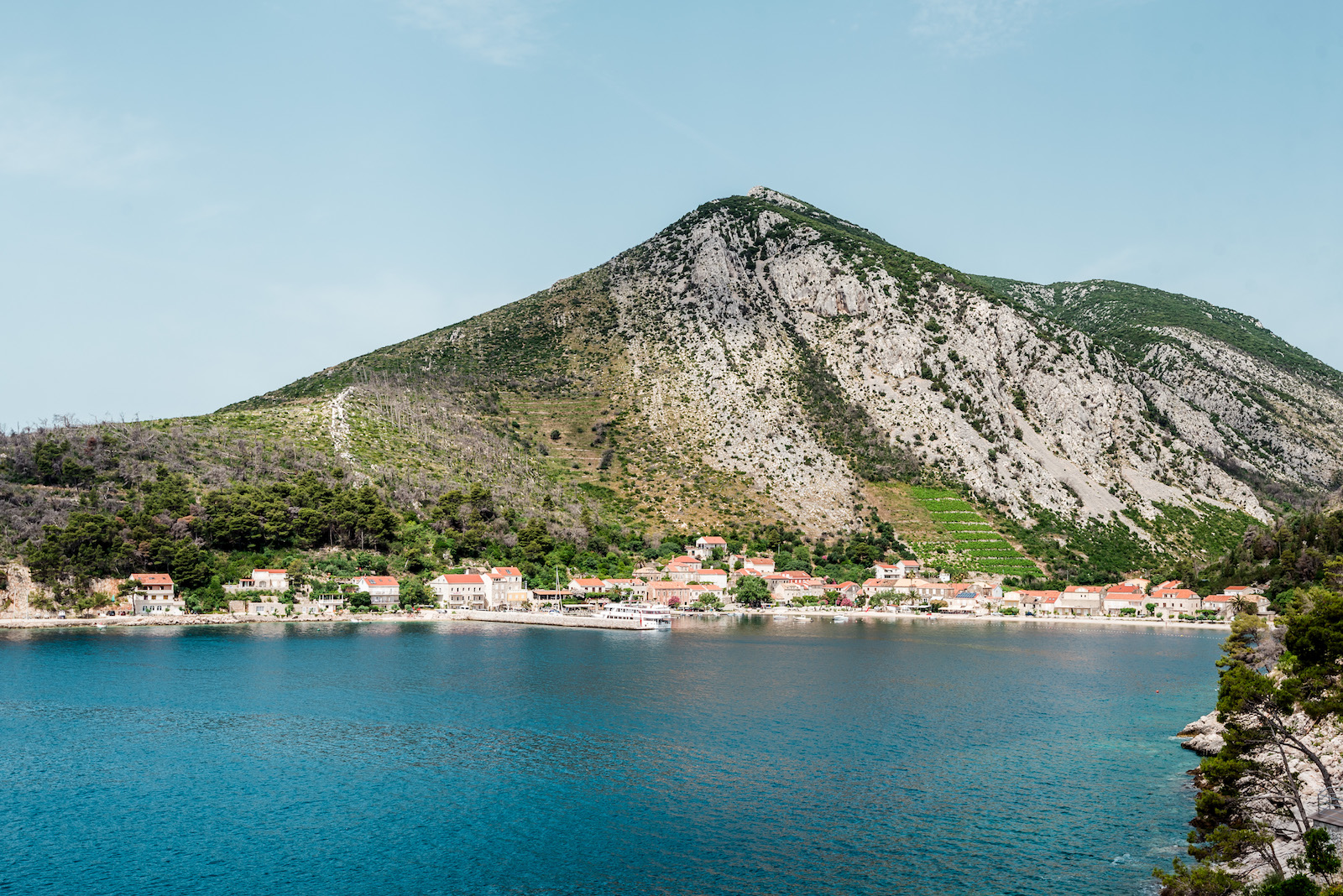
A place full of surprises!
To the south, the village of Ston is a must-see. Tucked between the rugged hills of the Pelješac Peninsula and the glistening waters of the Adriatic, Ston Bay is where time slows and history speaks through every stone. The scent of salt and sea carries over the oyster beds (renowned as the finest in Croatia) where mollusks have been cultivated since Roman times.
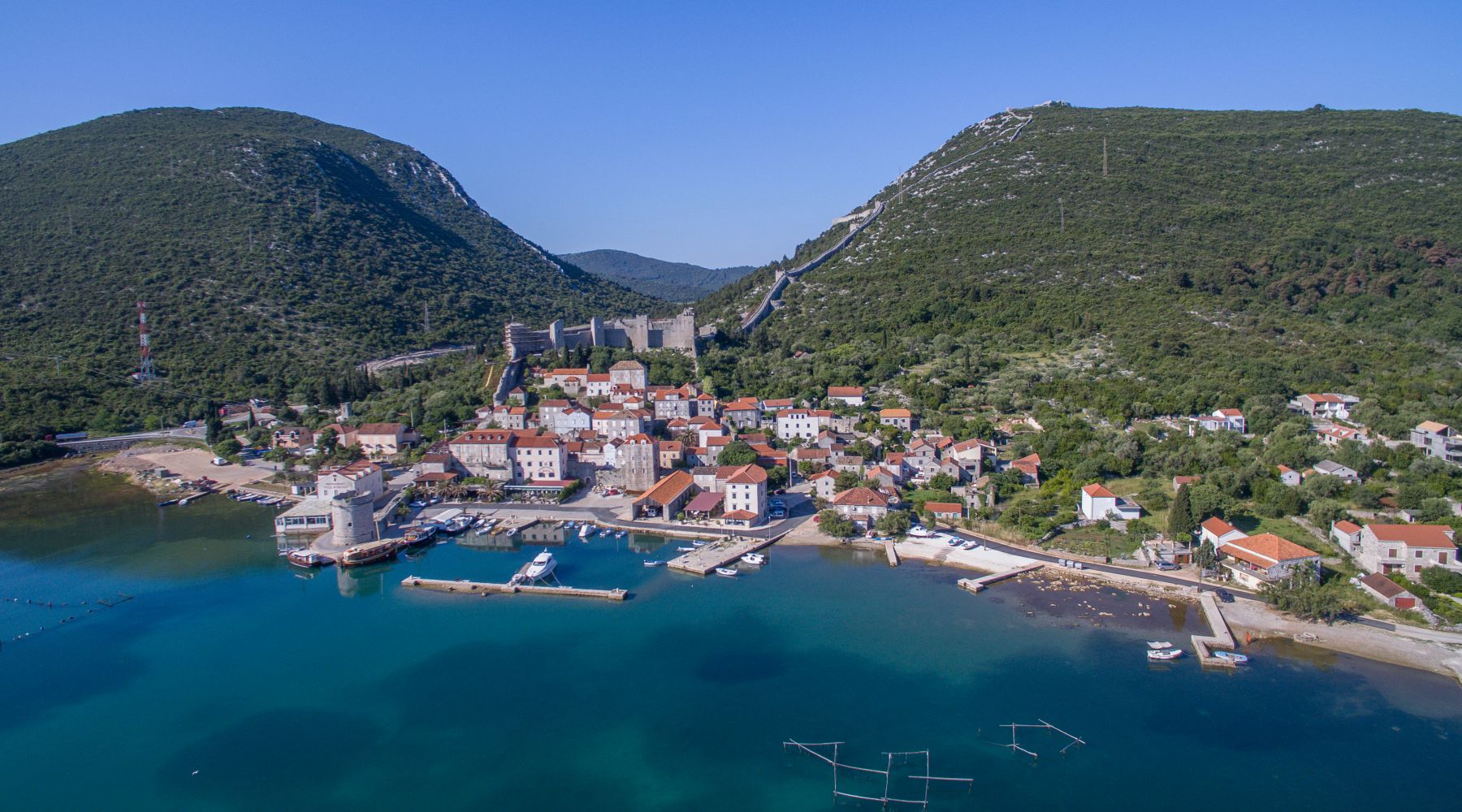
Rising dramatically behind the sleepy village are the ancient walls of Ston, an awe-inspiring feat of medieval engineering. Often called “The European Wall of China,” they stretch over 5 kilometers, making them the longest preserved fortification in Europe and the second in the world after the Great Wall itself. Built in the 14th century to defend the precious salt pans and the strategic Pelješac Isthmus, the walls today are a monument to Dubrovnik’s once-glorious Republic.
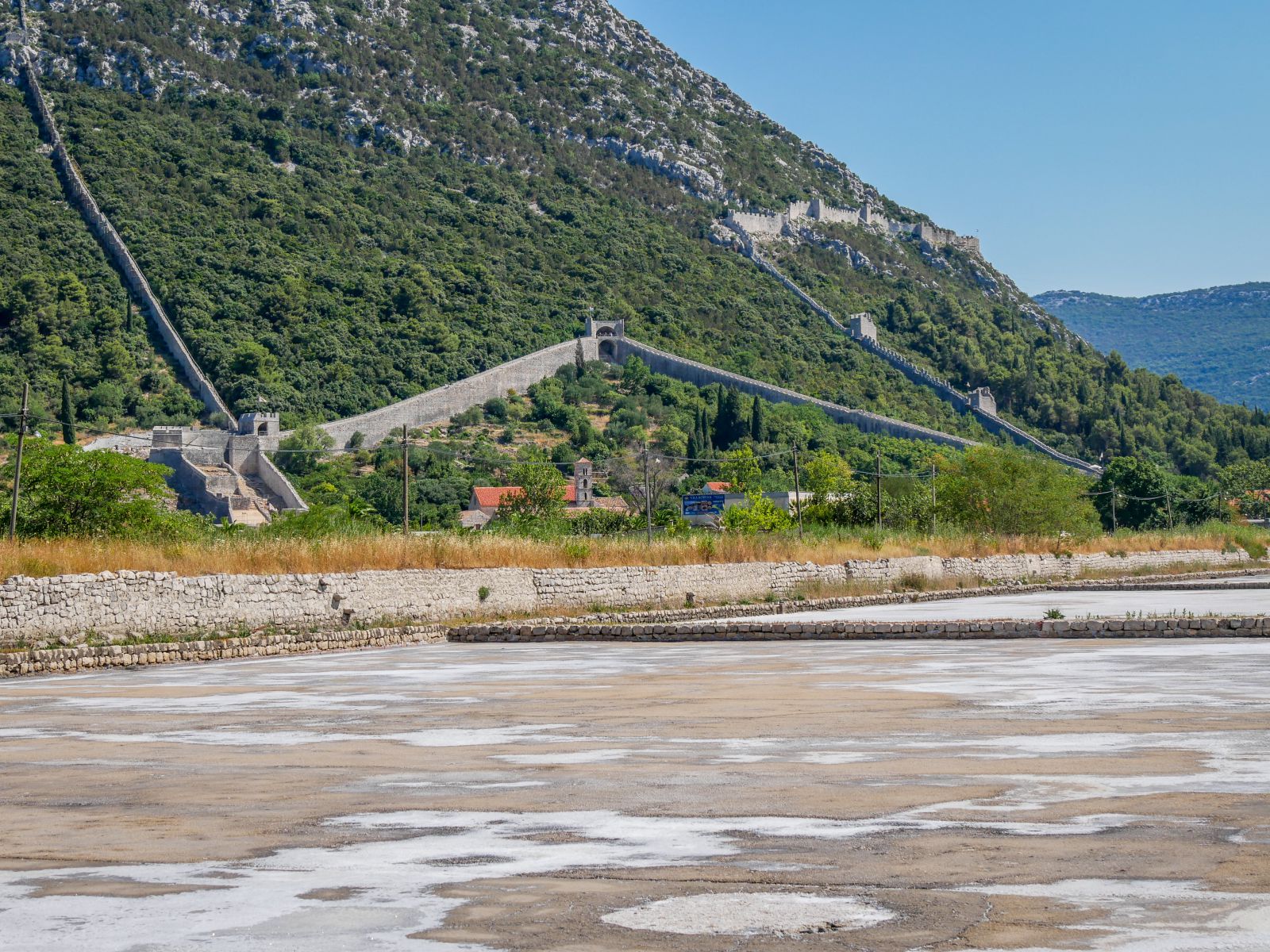
At their feet lies the historic saltworks, one of the oldest still-operating salt factories in the world. The Ston salt pans have produced “white gold” for over 4,000 years, their geometric pools glistening in the sunlight like a mosaic crafted by nature and man alike. Even now, salt is harvested here using traditional methods, preserving a ritual that connects visitors directly with past rhythms.
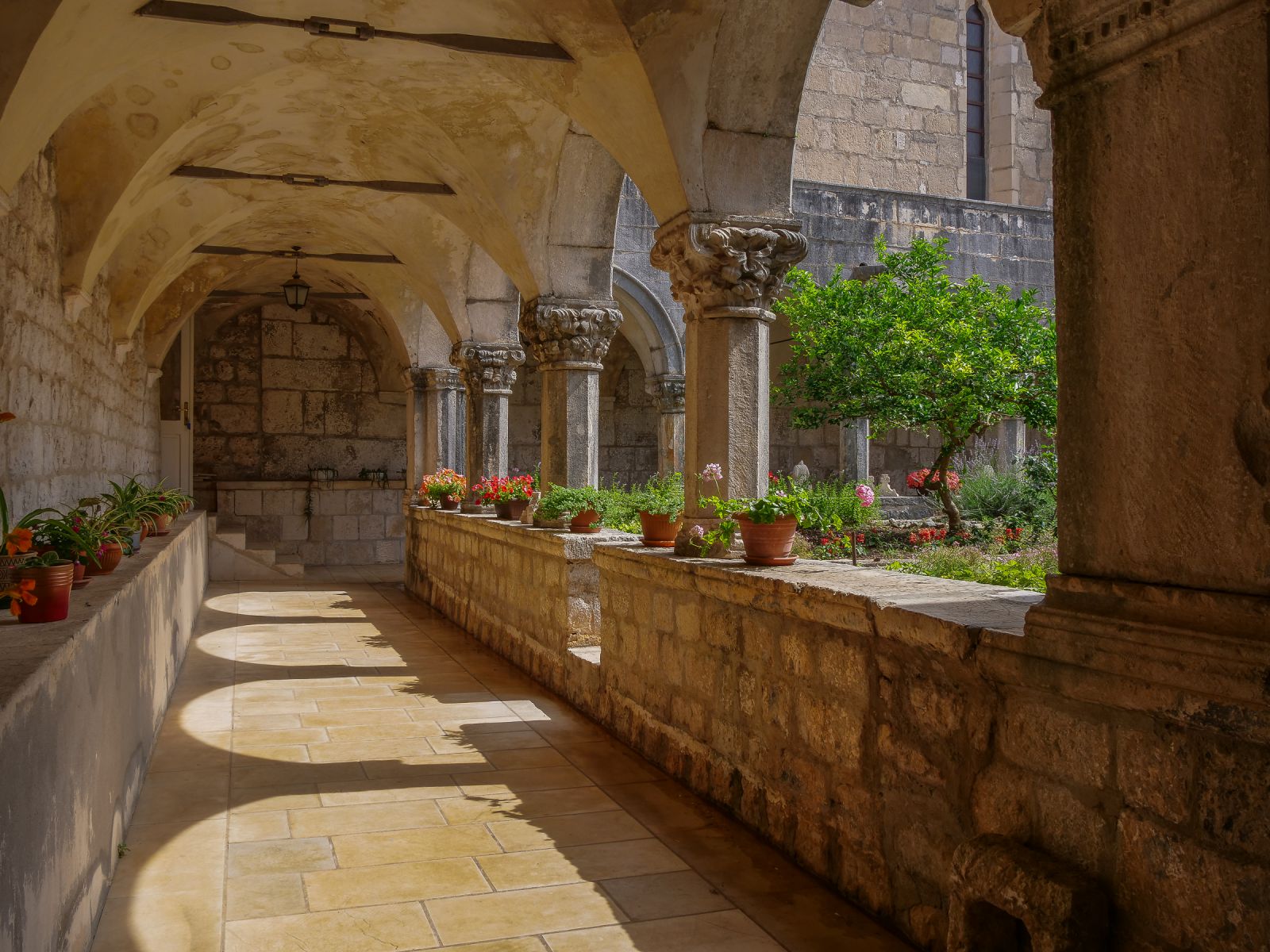
A terroir bathed in sun and wines
The wine reigns supreme here, and the wine… truly regal. Plavac Mali, the local grape variety, Dingač, and Postup produce powerful, sunny vintages, often winning international awards. Many family-run wineries will welcome you for a tasting at the foot of the vineyards, between the sea and the mountains.
To be enjoyed in moderation, or with a nice plate of sheep’s milk cheese and some dried figs. Cheers… or as they say here: živjeli!
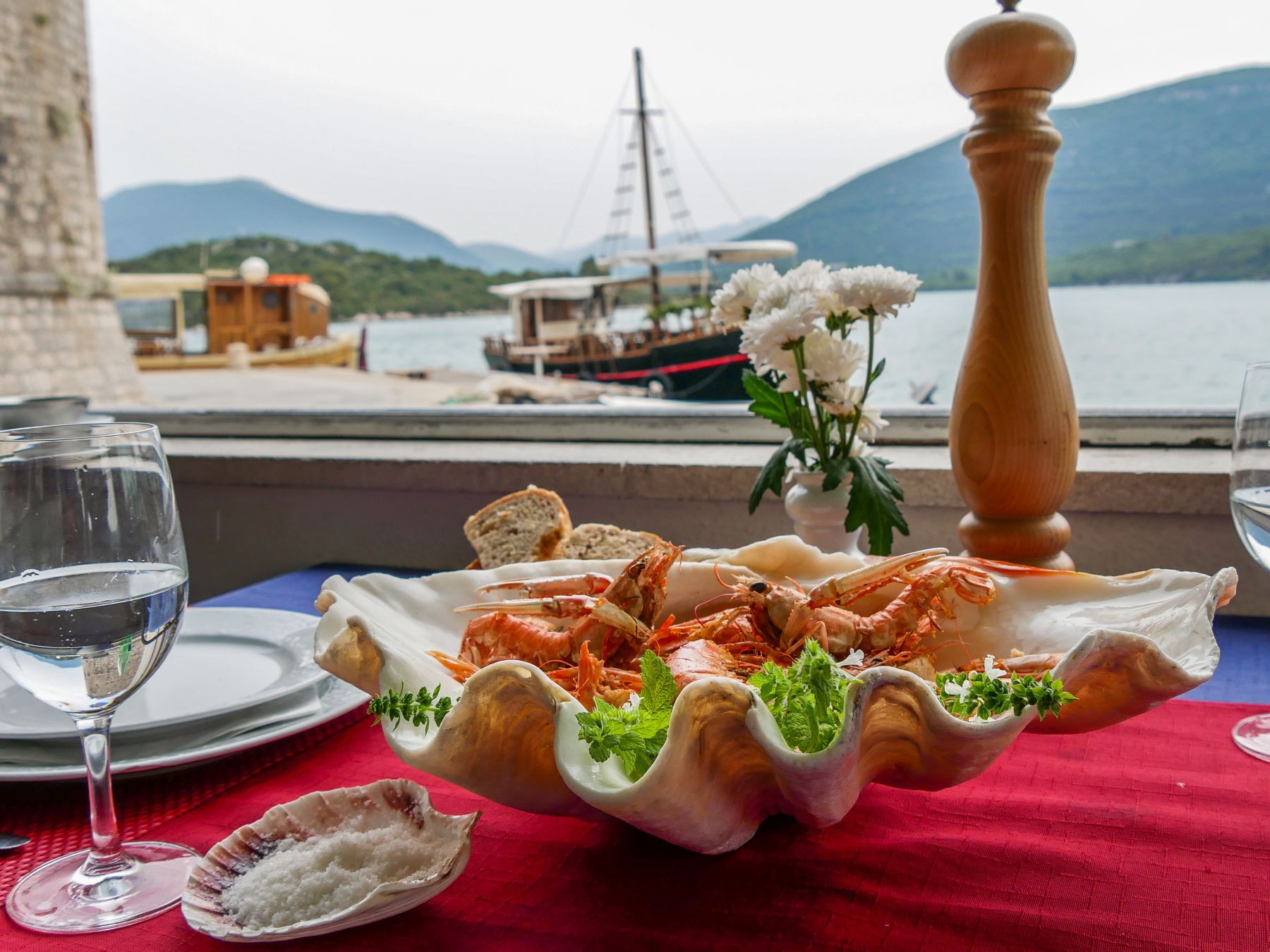
For your taste buds…
Don’t miss a stop in Mali Ston, the undisputed capital of Croatian oysters. The clear, rich waters of the bay nourish oysters renowned for their finesse and unique salty flavor. You can enjoy them freshly caught directly from a furnished boat with a glass of local white wine… an unforgettable moment to share.
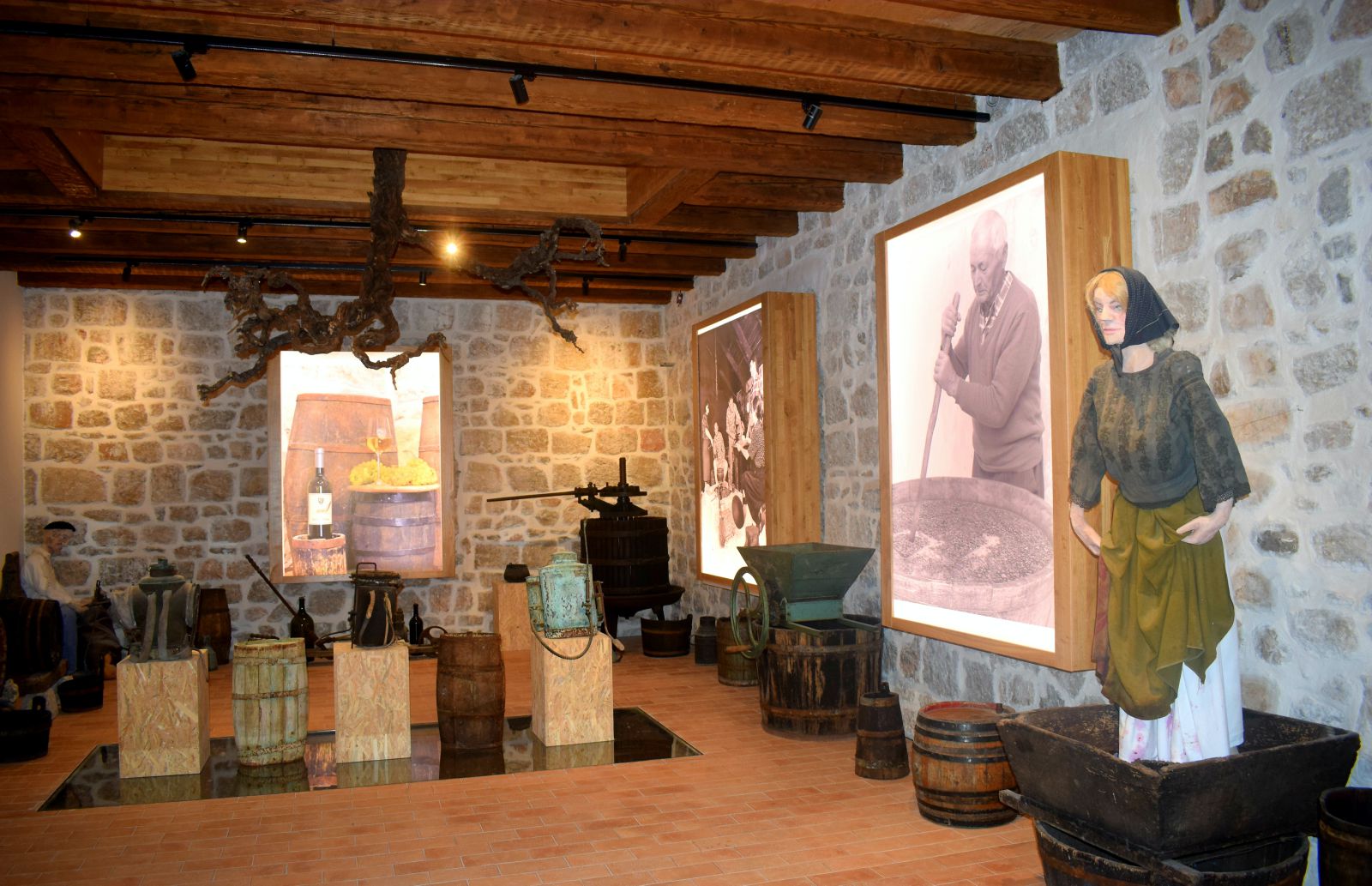
Dream beaches and unspoiled nature
Pelješac offers a jagged coastline dotted with heavenly beaches that are still uncrowded. Among the most beautiful are Prapratno, Viganj—a popular kitesurfing spot—Divna, and Trstenica Beach in Orebić. The water is crystal clear, the sand is often soft or finely graveled, and the pine trees perfume the warm summer air.
The hinterland is also a haven of greenery, ideal for hiking. Trails climb to the summit of Mount Sveti Ilija, offering breathtaking views of the Adriatic and the island of Korčula.

Located less than a two-hour drive from Dubrovnik, Pelješac is an ideal getaway for travelers looking to extend their stay beyond the walls of the “Pearl of the Adriatic.” Less touristy, more affordable, but just as captivating, the peninsula offers an immersion in a Croatia that remains authentic, far from the crowds, yet close to the essentials.
The Peljesac peninsula is surely one of Croatia’s best places to visit!

